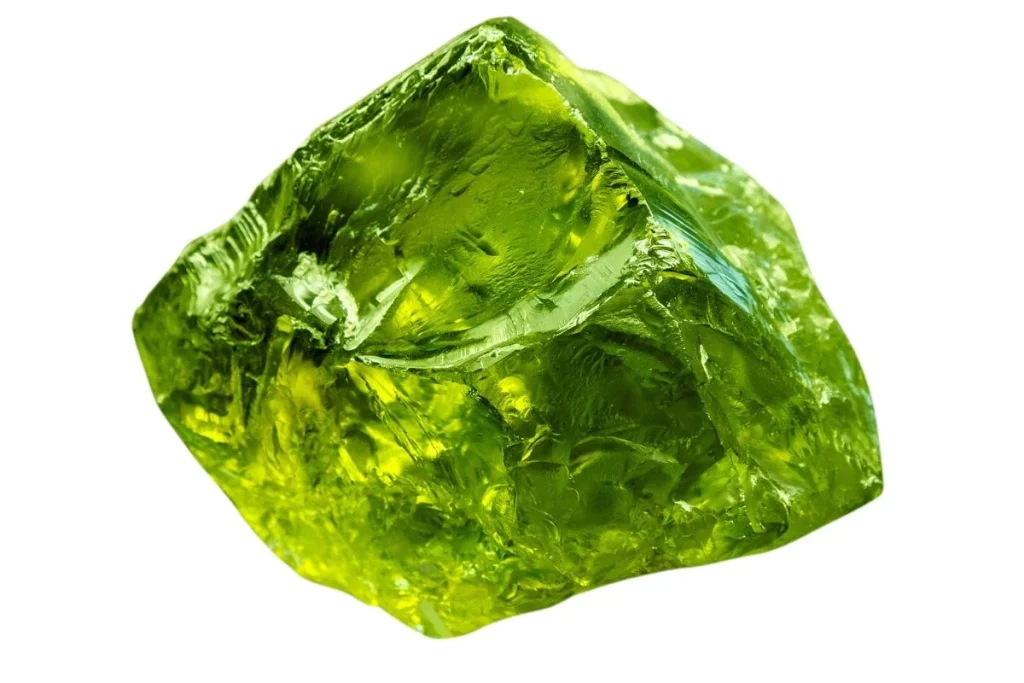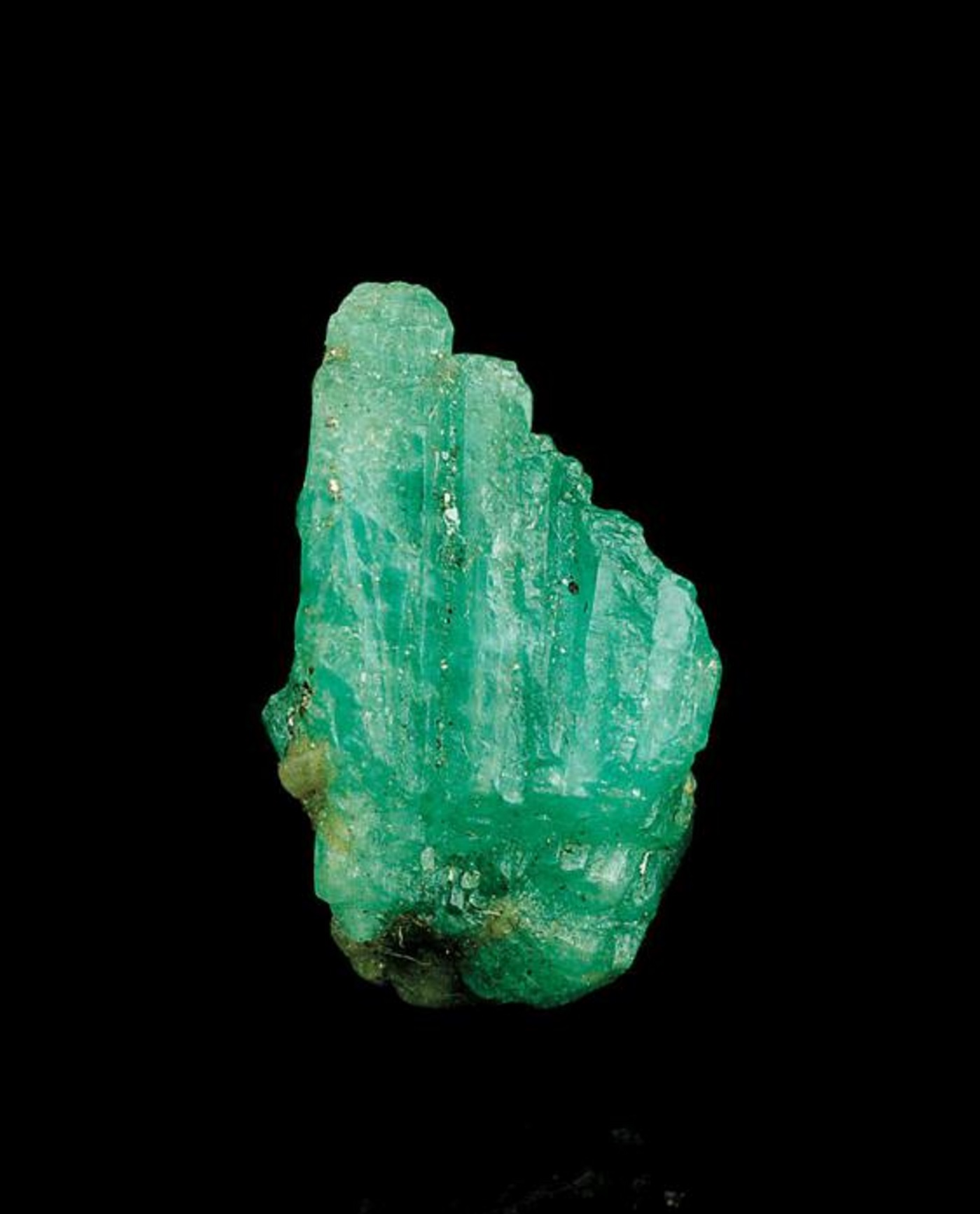Emerald, a subtype of beryl minerals, is primarily known for its green hue, though it can occasionally appear in shades of brown. It’s considered a precious gemstone, its rarity on Earth contributing to its significant value. Presently, it is acknowledged as one of the world’s top four precious stones and has historically been adorned by only the most esteemed individuals. Emeralds hold a profound meaning in various myths and are believed to offer numerous benefits.
What Makes Emeralds Special?
Emeralds have been treasured for centuries for their distinct qualities, which include:
- The most prized emeralds are mined in Zambia, although these gems can be sourced worldwide, with those found elsewhere typically being considered less valuable.
- Unlike other gemstones, emeralds are soft and prone to damage, easily breaking upon impact.
- Today, their primary use is in jewelry-making, but they’re also renowned for their various health benefits.
- They have a hardness rating between 7.5 and 8.
What Are the Benefits of Emeralds?
Adorned by royal families, emperors, and dignitaries, emeralds set these individuals apart with their unique allure. These gemstones have several known benefits, including:
- They are believed to strengthen the immune system, helping to speed up the recovery from illnesses.
- Emeralds are said to foster loyalty in relationships, having a psychological effect on both partners.
- With a spiritual impact on the nervous system, emeralds are considered highly effective in treating neurological diseases. They were commonly used in the past for mental health therapies.
- By promoting mental clarity, emeralds also contribute to the achievement of success, particularly motivating those who are otherwise uninspired to attain their goals.

What Does the Emerald Symbolize?
Aside from its precious nature and rarity, the emerald is fundamentally a symbol of fidelity. Despite the varied uses and locales it has been found in throughout the ages, it’s always been believed to strengthen the bonds of loyalty between a man and a woman. This is why individuals facing troubles in their relationships often turn to emeralds.
How to Identify a Genuine Emerald
Given their value and price, emeralds are often counterfeited. The sole method for verifying authenticity involves exposing the gem to heat. Because emeralds are particularly vulnerable to heat, genuine ones will crack and crumble under its influence. On the other hand, a counterfeit emerald will merely exhibit surface blackening when heated.
How Should Emeralds Be Cleaned?
The cleaning of emeralds is typically done with either vinegar or saltwater. Due to their intense energies, grounding methods are not used for energy cleansing. Placing a genuine emerald in a solution of cold water mixed with vinegar or salt for about 45 minutes will effectively cleanse it, making the gem more potent in whatever use it is put to thereafter.
